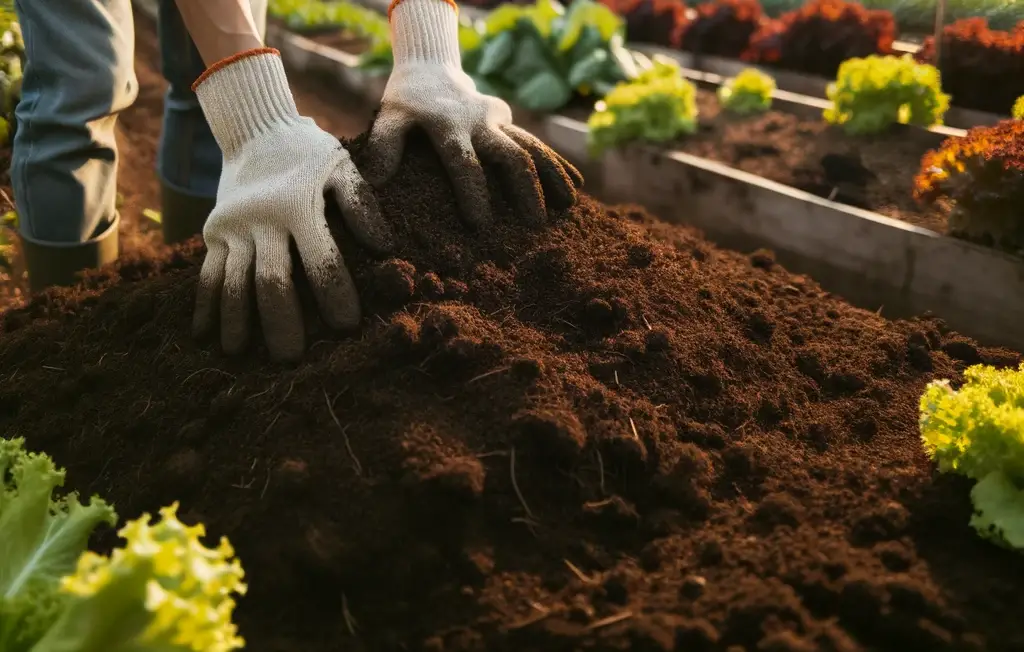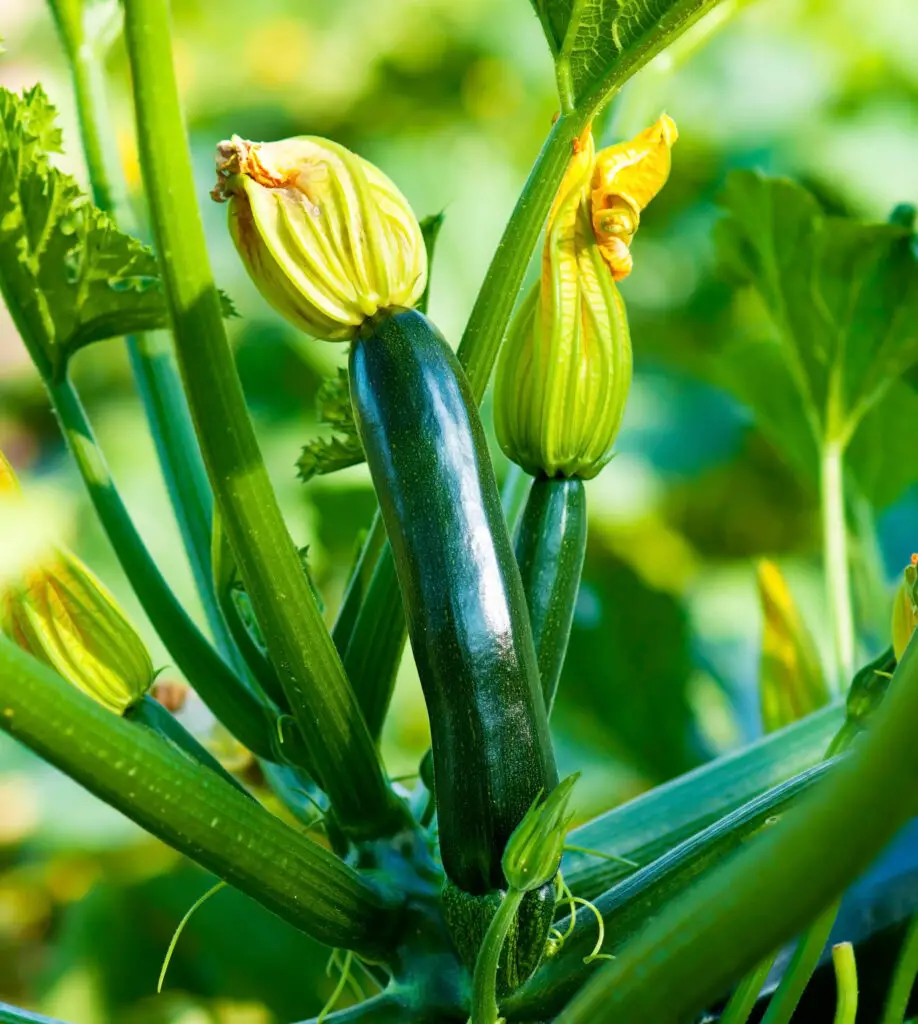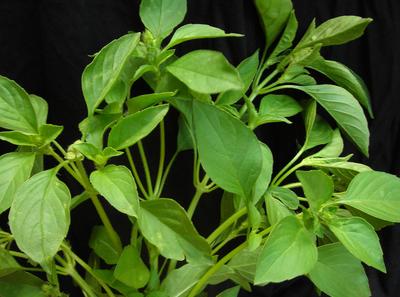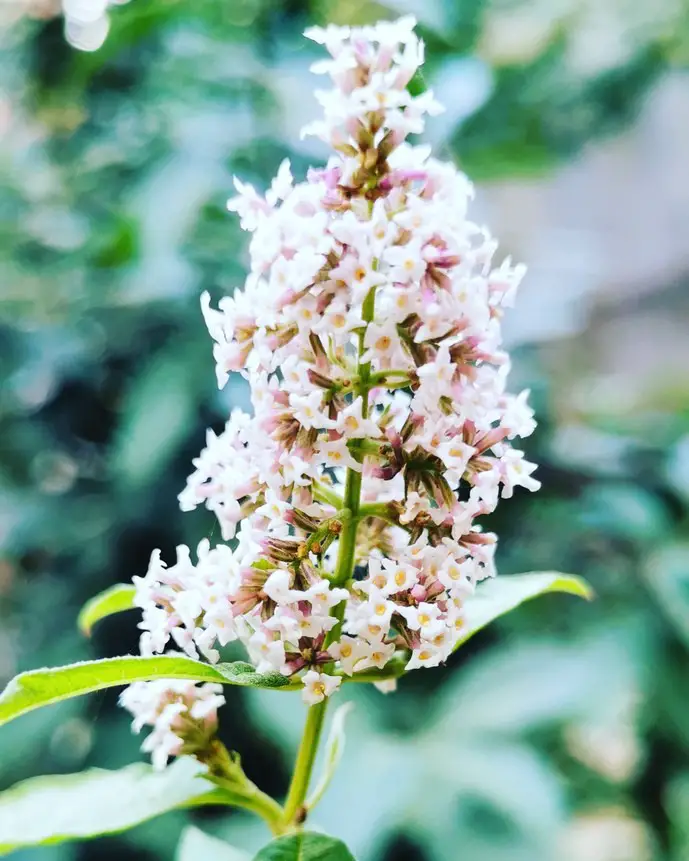Preparing the soil is a crucial step in creating a thriving vegetable garden. Good soil should provide:
*The necessary nutrients,
*Drainage,
*And structure for plants to grow and produce healthy vegetables.
In this tutorial, we will walk you through the process of preparing your soil for planting and growing vegetables.

Step 1: Test Your Soil
Before you start preparing your soil, it’s important to know its composition and pH level. You can purchase a soil testing kit from a garden center or send a sample to a local agricultural extension office for analysis. Testing your soil will help you determine its nutrient content and acidity, allowing you to make any necessary adjustments.
Step 2: Clear the Area
Clear the area where you plan to plant your vegetables. Remove any weeds, rocks, or debris that may hinder plant growth. This will give your vegetables a clean and unobstructed space to grow.
Step 3: Loosen the Soil
Loosen the soil using a garden fork or a tiller. This will improve the soil’s structure and allow roots to penetrate easily. Avoid over-tilling, as it can disrupt the natural soil layers and damage beneficial organisms.
Step 4: Amend the Soil
Based on the results of your soil test, you may need to amend the soil to provide the necessary nutrients for your vegetables. Common soil amendments include:
- Compost: Adds organic matter and improves soil structure.
- Well-rotted manure: Provides nutrients and enhances soil fertility.
- Organic matter: Helps retain moisture and promotes beneficial microbial activity.
Spread a layer of the amendment over the soil and mix it in thoroughly. Aim for a ratio of about 1 part amendment to 3 parts soil.
Step 5: Improve Drainage
Good drainage is essential for healthy plant growth. If your soil has poor drainage, you can improve it by:
- Adding organic matter: Compost or peat moss helps retain moisture while allowing excess water to drain away.
- Creating raised beds: Elevating the planting area improves drainage.
Ensure that the planting area is not prone to waterlogging, as this can lead to root rot and other issues.
Step 6: Adjust pH Levels
Most vegetables prefer a slightly acidic to neutral pH level. If your soil is too acidic or alkaline, you can adjust the pH by:
- Adding lime: Raises the pH level.
- Adding sulfur: Lowers the pH level.
Follow the instructions on the product packaging and retest the soil after making adjustments. Aim for a pH level between 6 and 7 for optimal vegetable growth.
Step 7: Mulch the Soil
Mulching helps conserve moisture, suppress weeds, and regulate soil temperature. Apply a layer of organic mulch, such as straw or wood chips, around your vegetable plants. This will also add organic matter to the soil as it breaks down over time.
Step 8: Allow the Soil to Settle
After preparing the soil, allow it to settle for a few days before planting. This will give the amendments and organic matter time to integrate with the existing soil. You can lightly water the soil to help it settle.
Step 9: Regular Maintenance
Once your vegetables are planted, it’s important to maintain the soil’s health. Here are some tips for regular maintenance:
- Watering: Provide consistent moisture to your plants, ensuring they receive the right amount of water. Water deeply and avoid overwatering to prevent waterlogging.
- Pest and disease control: Monitor your plants for any signs of pests or diseases and take appropriate action. Use organic pest control methods whenever possible to minimize the impact on the soil and environment.
- Nutrient supplementation: If necessary, provide additional nutrients to your plants through organic fertilizers or compost. Follow the recommended application rates to avoid over-fertilizing.
- Regularly adding compost or organic matter: This helps replenish nutrients and improve soil structure over time. Apply a layer of compost around your plants annually or as needed.
Frequently Asked Questions
1. How often should I test my soil?
It is recommended to test your soil every 2-3 years to ensure it has the necessary nutrients for your vegetables. However, if you notice any issues with plant growth or suspect nutrient deficiencies, it’s a good idea to test the soil sooner.
2. Can I use chemical fertilizers instead of organic amendments?
While chemical fertilizers can provide quick nutrients, they may have long-term negative effects on soil health. It is best to use organic amendments to improve soil fertility and structure. Organic amendments also promote the growth of beneficial soil organisms.
3. How deep should I loosen the soil?
Loosen the soil to a depth of 8-12 inches to allow roots to penetrate easily and promote healthy plant growth. This depth provides enough space for root development and allows for good water and nutrient absorption.
4. Can I use plastic mulch instead of organic mulch?
Plastic mulch can be used, but organic mulch is preferred as it improves soil health and provides additional benefits such as weed suppression. Organic mulch also breaks down over time, adding organic matter to the soil and improving its structure.
5. How can I prevent soil erosion in my vegetable garden?
To prevent soil erosion, you can take the following measures:
- Plant cover crops: Cover crops like clover or rye help hold the soil in place and prevent erosion.
- Use mulch: Apply a layer of organic mulch around your plants to protect the soil from erosion caused by heavy rain or wind.
- Build terraces or raised beds: Creating terraces or raised beds can help slow down water runoff and prevent soil erosion on sloped areas.
Conclusion
Preparing the soil for planting and growing vegetables is a crucial step in creating a successful vegetable garden. By testing and amending the soil, improving drainage, and maintaining the soil’s health, you can provide the optimal conditions for your vegetables to thrive. Follow these steps, and with proper care and attention, you’ll be rewarded with a bountiful harvest of homegrown vegetables!
For more gardening tips, make sure to subscribe to our free weekly newsletter and follow us on our socials:




